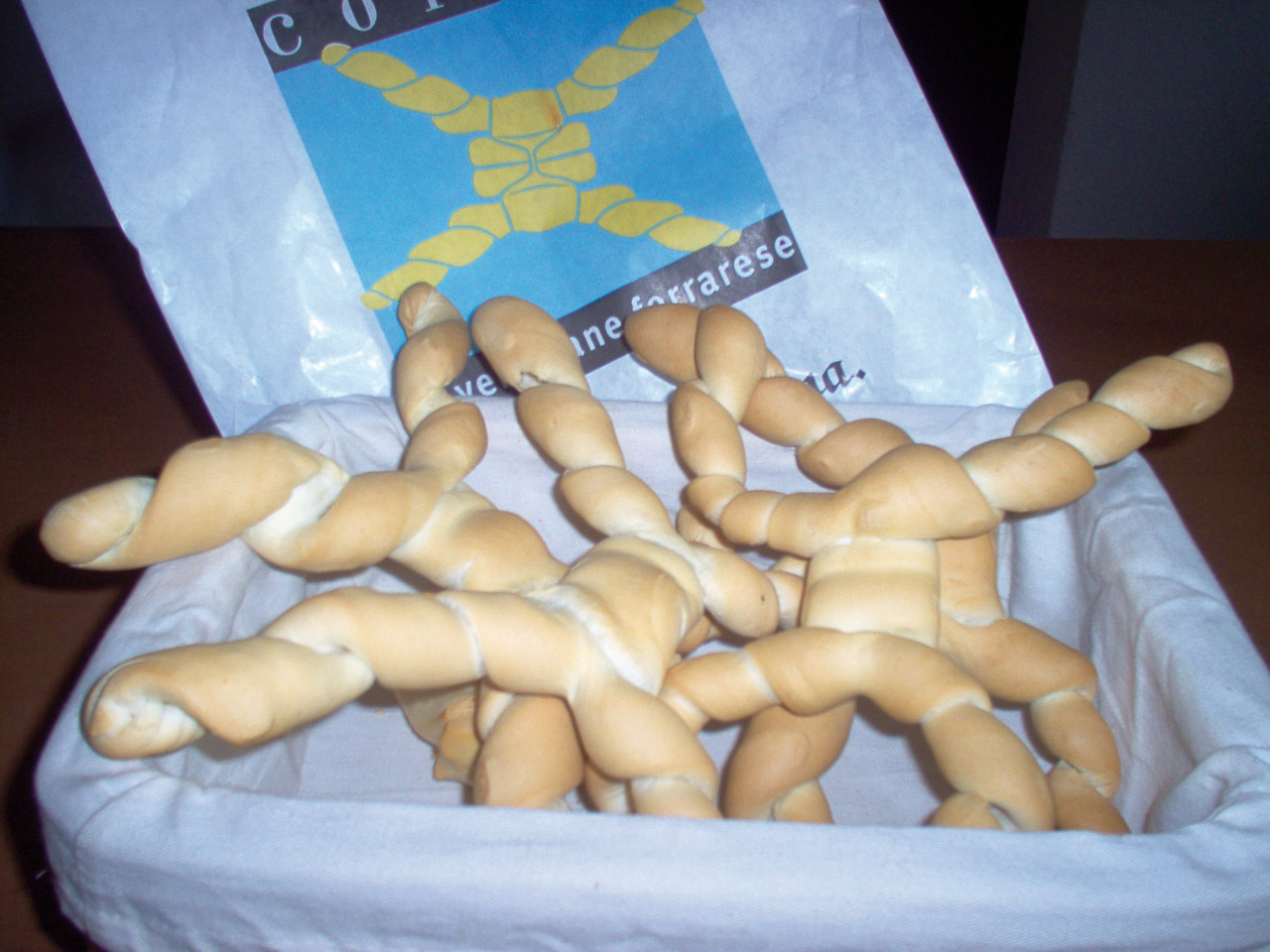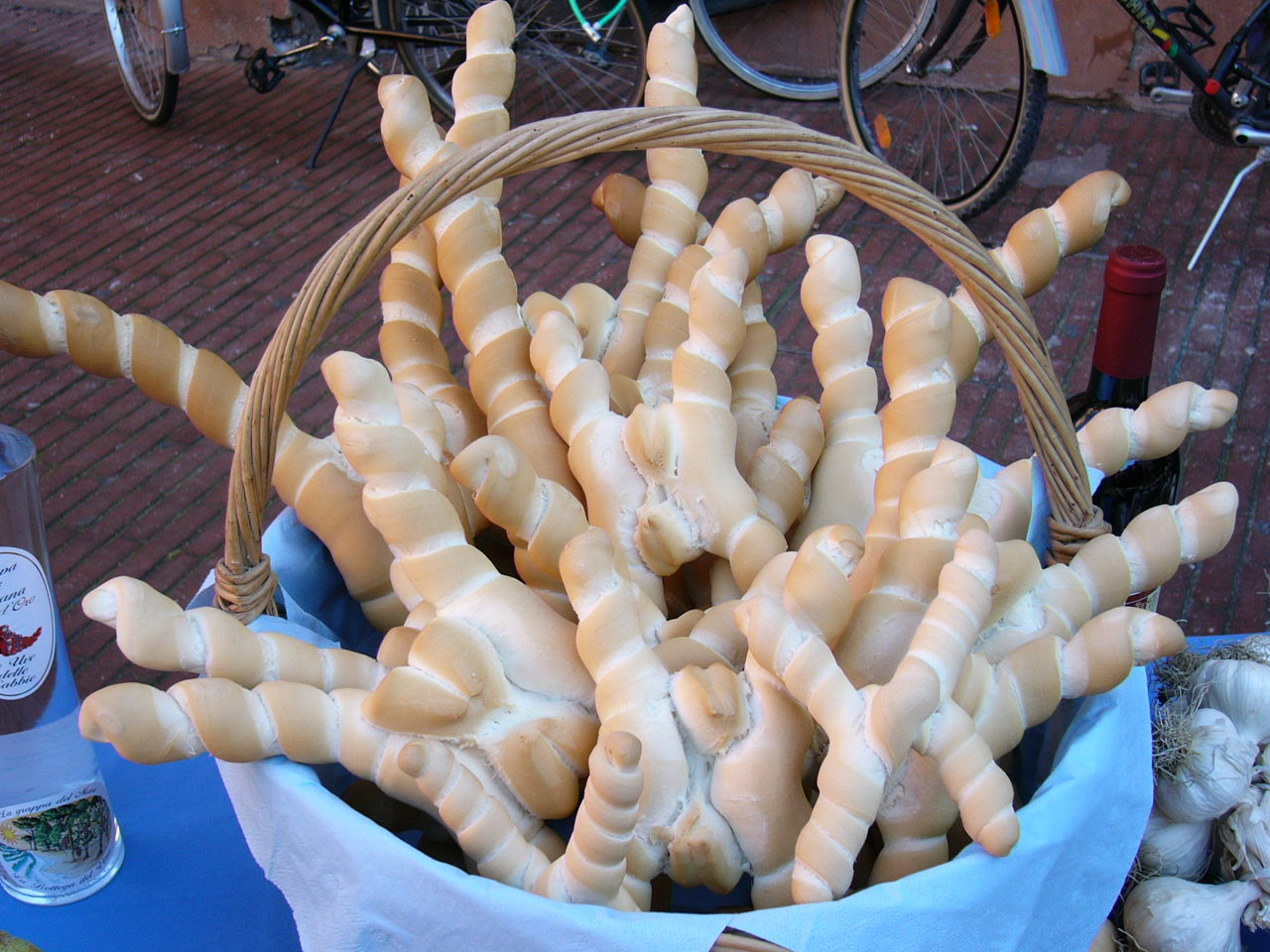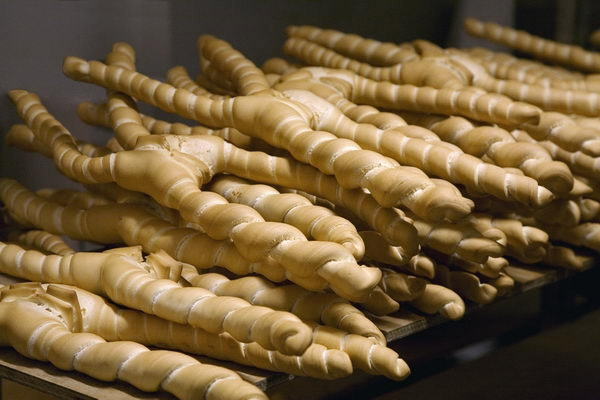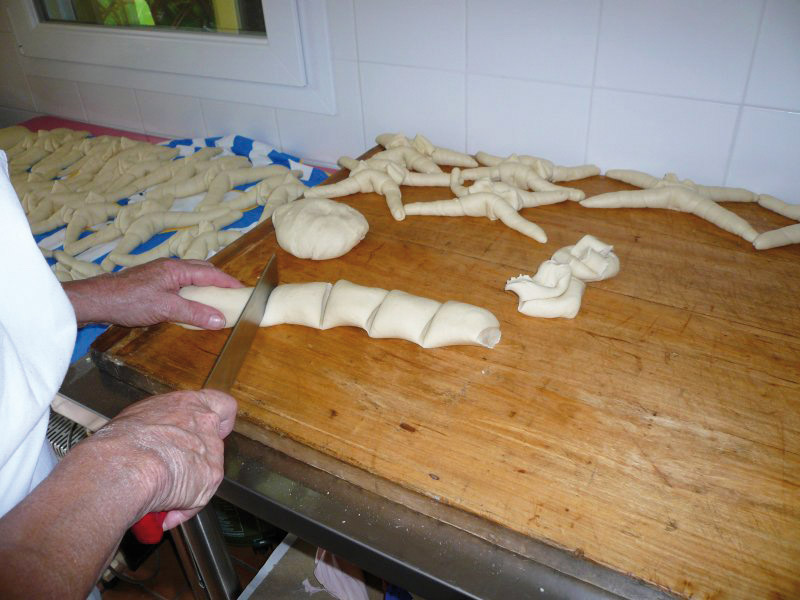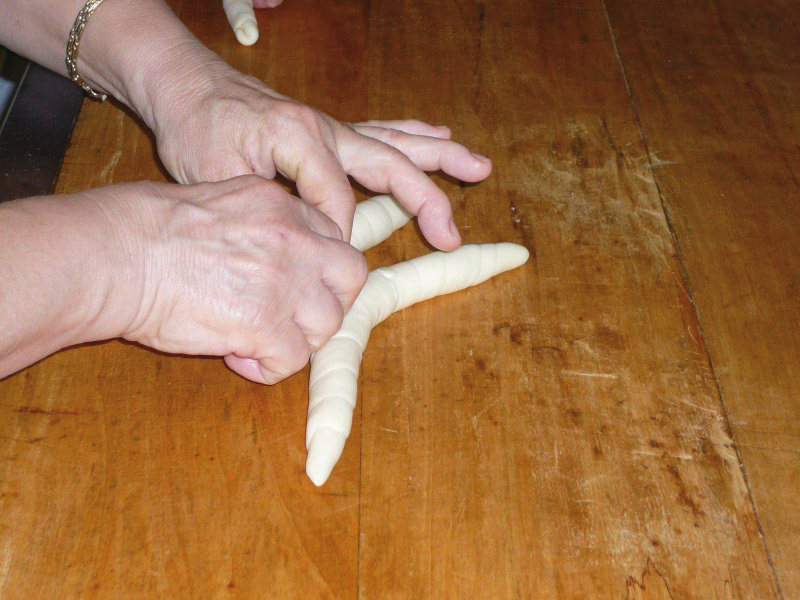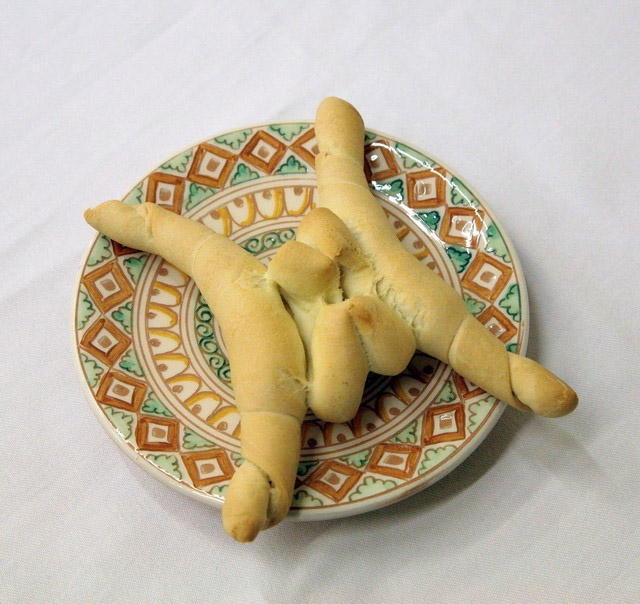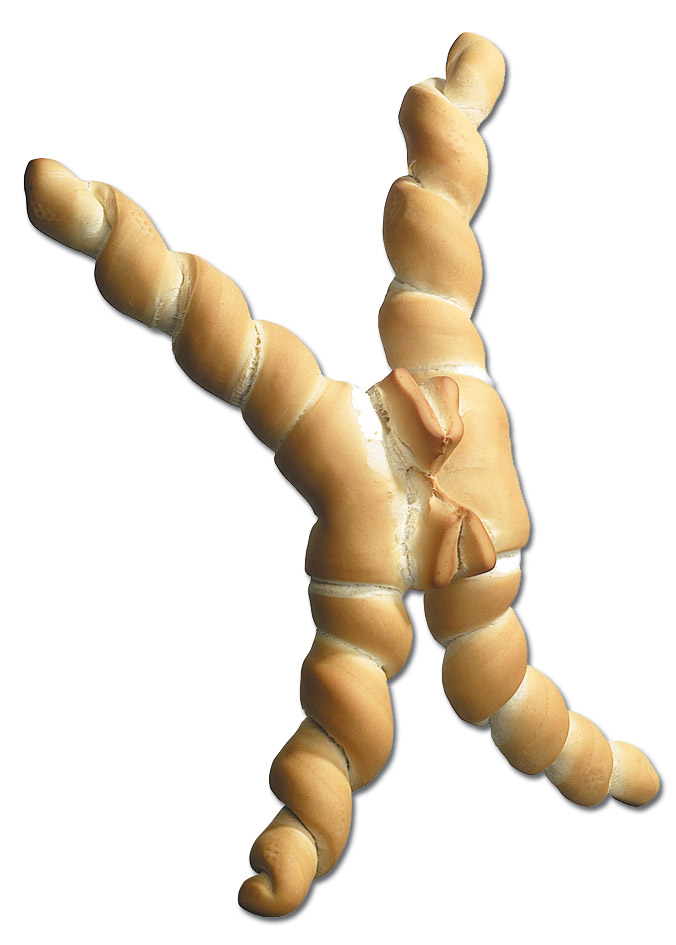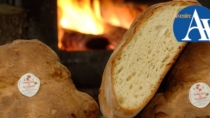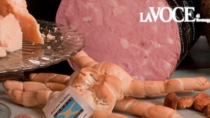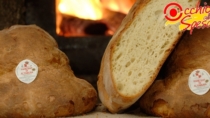Description
Coppia Ferrarese PGI is twisted bread made with plain flour (of excellent quality and deriving from wheat mainly cultivated in the Province of Ferrara), pork suet, extra virgin olive oil, salt and malt.
Production Area
The production area of Coppia Ferrarese PGI is within the entire territory of the Province of Ferrara, in the Emilia-Romagna region.
Production Method
The first stage of processing consists of the preparation of the Mother yeast, which thanks to the lactic and acetic bacteria guarantees the conservability and springiness of the final product. The so-called “hard dough” of Coppia Ferrarese PGI is obtained from plain wheat flour, water, pork suet, extra virgin olive oil, salt, malt and Mother Yeast. The ingredients are mixed for 15 minutes in a fork mixer, the slow movement of which prevents the dough from becoming overheated, as well as ensuring hard-dough bread that is unique and completely formed before rising. The dough is then rolled 15-20 times with special metal cylinders; it is cut into strips with a height varying from 1 to 2 cm, after which it is placed in a machine for the moulding of the two characteristic “sausage-shaped” parts of the final product. The pieces are taken out and twisted together in the centre by hand. The dough is placed on wooden slabs covered with a sheet and placed in the leavening compartment for 70-90 minutes. It is then cooked in ovens which are heated from bottom to top, in this way favouring the cooking of the bread at a temperature of 220°C.
Appearance and Flavour
Coppia Ferrarese PGI has a unique and characteristic shape; two pieces of thin sausage-shaped bread which are twisted together, with a soft yet compact core. The final shape is similar to that of a pair (ciupèta in the Ferrarese dialect) of horns. It is golden in colour with almost blond streaks on the twisted parts; it has a delicious, persistent and appetising flavour.
History
At the times of the Signoria Estense, legislators established strict regulations for the packaging and conservation of bread, as well as for the identification of the producer. The version which was most similar to the shape of today’s Coppia Ferrarese PGI, dates back to the Carnival of 1536, when a dinner was held in honour of the Duke of Ferrara; legend tells of bread with two twisted horns being brought to the table.
Gastronomy
Coppia Ferrarese PGI can be kept for a few days in a paper bag inside a closed bread bin, without losing its compact characteristics. As with other types of bread, the bread bin should not contain any other kinds of aromatic foods. It is ideal when served with PDO and PGI charcuterie from the Emilia-Romagna region. Traditionally it is served with zia Ferrarese, a popular local chunky charcuterie made with pork, salt, pepper and fresh garlic, steeped in white wine. Coppia Ferrarese PGI can also be eaten simply with a drop of olive oil and a pinch of salt.
Marketing
The product is marketed as Coppia Ferrarese PGI. It is sold fresh in loaves weigh between 80 and 250 g, which are made and sold within 24 hours of production.
Distinctive Features
The flavour and elegant shape of Coppia Ferrarese PGI render it unique, combining functional need with an historical example of food design. In fact, this product has the practicality of a dry and crunchy bread stick, ideal for eating with typical local charcuterie, together with a soft and compact consistency that is perfect for mopping up sauces and dipping into soups.






